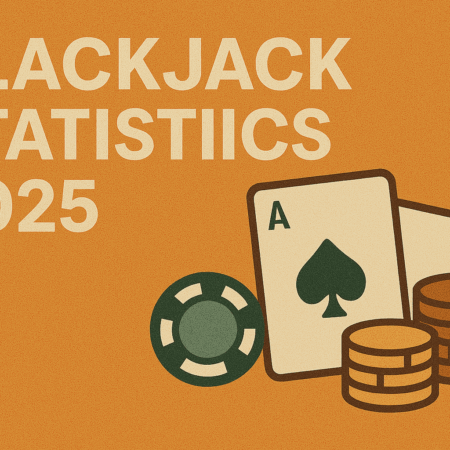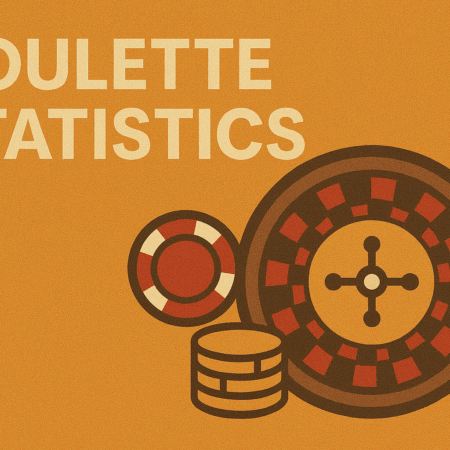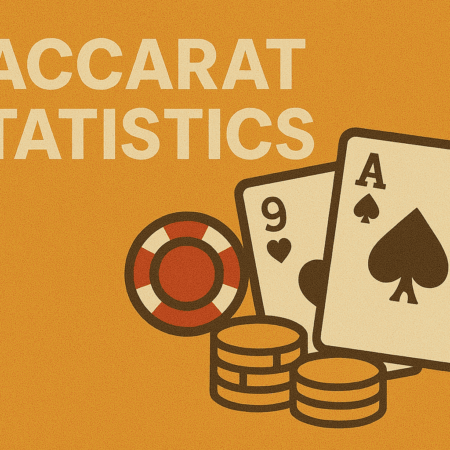
More than 15 years after the release of the Bitcoin whitepaper, the true identity of Satoshi Nakamoto—the pseudonymous creator of the world’s first cryptocurrency—remains one of the most intriguing mysteries in modern technology and finance. In 2025, as Bitcoin continues to shape economies, investment strategies, and financial systems, curiosity about Nakamoto’s identity hasn’t faded—it’s intensified.
- Sign-Up Offer
- FREE 500 GC + 3 SC
- No purchase necessary
- 100% First-Purchase Boost
- Daily Login Bonus: 10 FS
- Social Media Contests
- VIP Exclusive Rewards
This article revisits what we know, what we don’t, and why the mystery still matters.
A Brief Backstory: Satoshi’s Vision
Satoshi Nakamoto first emerged in 2008 with the publication of a whitepaper titled Bitcoin: A Peer-to-Peer Electronic Cash System. Shared through a cryptography mailing list, the document proposed a decentralized digital currency that solved the long-standing problem of “double-spending” without relying on a central authority.
In January 2009, Satoshi mined the first block of the Bitcoin blockchain—now known as the Genesis Block—and launched what would become the foundation of the entire cryptocurrency ecosystem.
Timeline of Known Activity
Despite never revealing personal details, Nakamoto left a digital trail through forum posts, code contributions, and emails. Here’s a condensed timeline of public activity:
- October 2008: Bitcoin whitepaper published.
- January 2009: Genesis Block mined.
- 2009–2010: Active on forums like Bitcointalk and developers’ mailing lists, communicating with early Bitcoin contributors.
- December 2010: Last known public forum post by Satoshi.
- April 2011: Final known email sent to a Bitcoin developer, saying, “I’ve moved on to other things.”
After that, Satoshi vanished—completely.
Major Theories About Satoshi’s Identity
Over the years, countless theories have emerged. Here are the most well-known candidates and groups people believe could be behind the name:
1. Hal Finney
A respected cryptographer and the first person to receive a Bitcoin transaction, Finney was involved in cypherpunk circles and lived near a man named Dorian Nakamoto. He denied being Satoshi and passed away in 2014 due to ALS.
2. Nick Szabo
A computer scientist and legal theorist known for his work on “bit gold,” Szabo’s writings and ideas closely mirror Bitcoin. Though he has denied being Satoshi, linguistic analyses suggest similarities.
3. Craig Wright
An Australian entrepreneur who has publicly claimed to be Satoshi—but has failed to provide verifiable cryptographic proof. Wright is also embroiled in multiple legal battles related to his claims.
4. A Collective or Government Entity
Some speculate Satoshi is not one person, but a group—possibly of developers or even a government project. While this lacks hard evidence, the sophistication of Bitcoin has fueled such speculation.
Digital Footprints and Clues Left Behind
Satoshi was meticulous. They used tools to mask their identity, such as:
- Using a Japanese pseudonym but writing flawless English.
- Posting in times that align with U.K. time zones, not Japan.
- Coding style that reflected British spellings and formatting conventions.
- No reuse of reused PGP keys, and no activity tied directly to any known IP address.
Satoshi also reportedly mined about 1 million BTC in the early days but never spent any—a fact that adds to their mystique and raises ethical admiration in many parts of the Bitcoin community.
Why the Mystery Still Matters in 2025
1. Symbolic Significance
Satoshi’s anonymity has become a foundational element of Bitcoin’s narrative—decentralized, leaderless, and open. Unlike tech giants with central figures (e.g., Elon Musk or Mark Zuckerberg), Bitcoin thrives without a public CEO.
2. Philosophical Purity
The lack of personal ego or profit motive aligns with the cypherpunk ethos—privacy, autonomy, and freedom from centralized control.
3. Legal and Financial Risks
If someone could prove they were Satoshi and moved the original coins, it could shake market confidence or trigger legal scrutiny—especially amid tighter crypto regulation in the U.S., EU, and Asia.
4. The Satoshi Wallet
Roughly 1 million BTC—worth over $60 billion in 2025—sits untouched. If it were to move, it would spook markets and shift power dynamics in the crypto world.
Have We Learned Anything New in 2025?
Though no definitive breakthrough has occurred, there have been notable developments:
- On-chain analysis tools are more sophisticated, but still cannot conclusively tie activity to Nakamoto.
- AI-driven linguistic forensics continue to draw parallels between early Bitcoin writings and certain cryptographers.
- Court filings in Wright-related lawsuits have exposed emails and metadata, but often raise more questions than answers.
Still, no one has cryptographically signed a message using Satoshi’s original private key—the only definitive proof.
The Legacy of Satoshi Nakamoto
Bitcoin has survived more than a decade of forks, bans, bear markets, and technological evolution—without a leader. This resilience is part of Satoshi’s genius.
From El Salvador’s Bitcoin Law to Wall Street ETFs, Bitcoin has transcended its original niche and become a global asset. Satoshi’s design choices—like the 21 million cap, halving events, and Proof-of-Work consensus—continue to influence the broader blockchain world.
Could Satoshi Ever Return?
Technically, yes. But in 2025, many believe that revealing their identity would do more harm than good. The ecosystem has matured, the culture has decentralized, and Satoshi’s mystique has arguably protected Bitcoin’s neutrality.
If they’re alive, Satoshi may be watching—and smiling at what Bitcoin has become.
Final Thoughts
The story of Satoshi Nakamoto is part myth, part mathematics, and part modern revolution. Whether they’re a lone genius, a team of developers, or an idea that transcended its creator, Satoshi changed the world.
In a world increasingly shaped by AI, central bank digital currencies, and digital surveillance, Bitcoin remains a radical alternative—and its anonymous origin is central to its identity.
Frequently Asked Questions (FAQ)
Who is Satoshi Nakamoto?
Satoshi Nakamoto is the pseudonymous creator of Bitcoin, the first decentralized cryptocurrency. Their real identity has never been confirmed.
Why did Satoshi disappear?
Satoshi stopped communicating in 2011, possibly to let Bitcoin grow without a central figure or to avoid regulatory and legal risks.
How much Bitcoin does Satoshi own?
Estimates suggest Satoshi mined around 1 million BTC in the early days, which has never been moved.
Could Satoshi still be alive?
It’s possible. However, there’s no verified sign of Satoshi since 2011, and many believe they have passed away or permanently disappeared by choice.
Has anyone proven they are Satoshi?
No. Several individuals have claimed to be Satoshi, but none have provided the necessary cryptographic proof using the original private keys.
What happens if Satoshi’s coins move?
The movement of Satoshi’s coins could destabilize markets, provoke legal interest, or alter Bitcoin’s perceived decentralization.
Why does Satoshi’s anonymity matter?
It reinforces Bitcoin’s decentralized nature and removes any controlling influence or figurehead, enhancing trust in the protocol.

 Canada
Canada Deutsch
Deutsch Español
Español Português
Português



